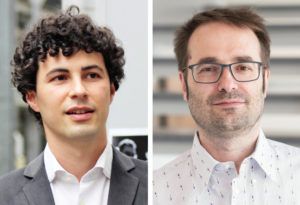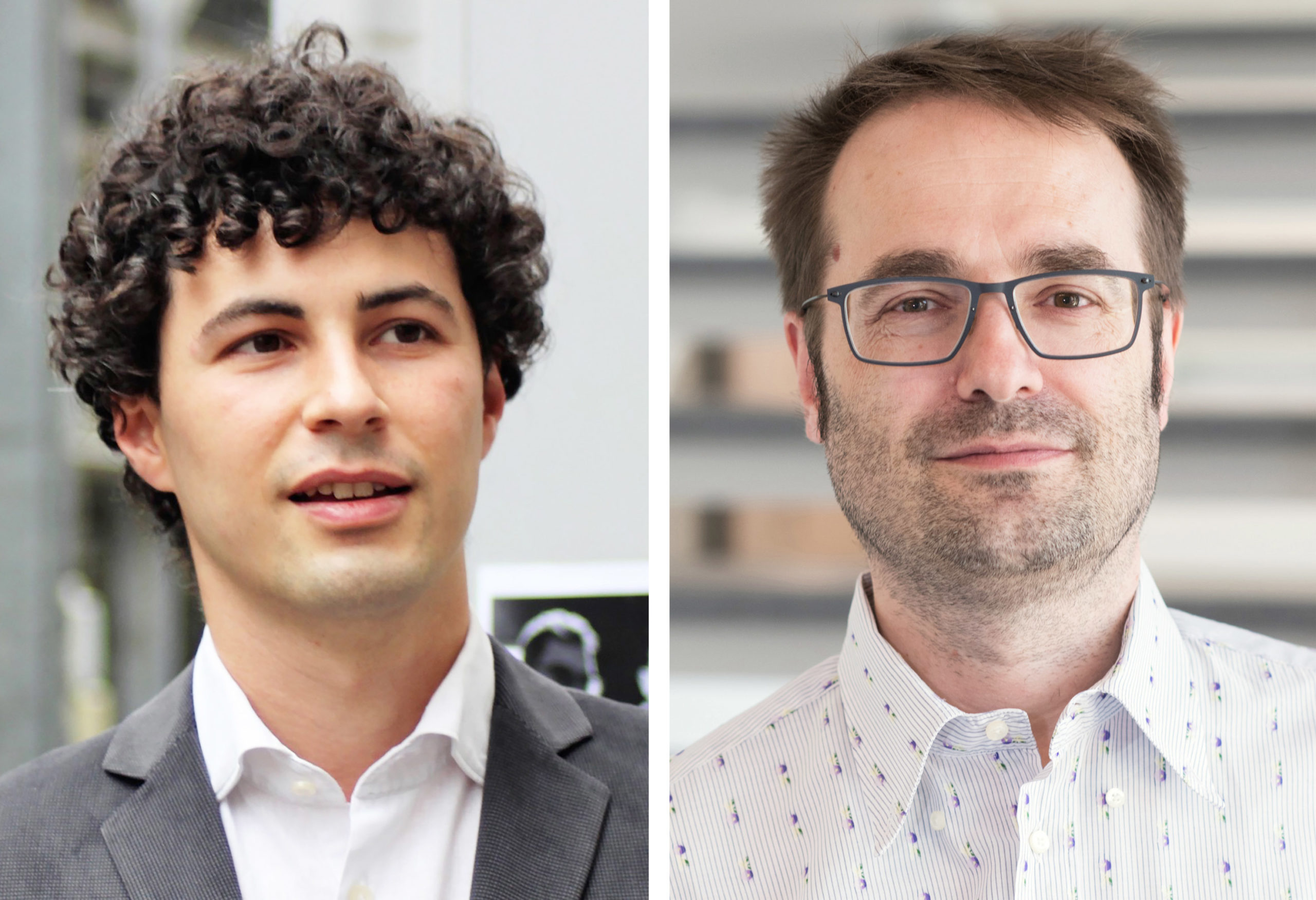So far, all attempts to formulate Einstein’s general theory of relativity as a quantum theory have failed. This incompatibility fuels speculation as to whether quantum science can be the right framework for an ultimate theory or even the “world formula”. Now Dr Ludovico Lami, currently a Humboldt Research Fellow in Albert Einstein’s birthplace, is opening a crack in the door to post-quantum theories. Together with international colleagues, the fellow at the Institute for Theoretical Physics at the University of Ulm has established a mathematical connection between superposition, entanglement and quantum cryptography – without any quantum mechanics at all. The findings between physics and mathematics have been published in the journal “Physical Review Letters” (PRL).
Superposition, entanglement and quantum cryptography: all physics students learn about these concepts in their education. Practical applications range from high-performance measuring instruments to quantum computing and tap-proof information exchange via secret keys. Until now, the only mathematical connection was based on quantum mechanics. However, already during his PhD at the Universitat Autὸnoma in Barcelona, Dr Ludovico Lami began to wonder whether there could be a theory-independent cross-connection between entanglement and superposition (superposition). “I had been working on so-called GPTs, which can be used to answer physical questions without making too many assumptions about the underlying theoretical framework. A mathematical conjecture linking the two phenomena was also quickly made – but it turned out to be very difficult to solve,” recalls the Humboldt Research Fellow at Ulm University. He soon found out that a scientist named George Barker had already worked on this mathematical problem in the 1970s – but there had been no progress for over 45 years.
So Ludovico Lami put his international contacts to work and sought help from expert colleagues Dr Carlos Palazuelos in Madrid and Dr Guillaume Aubrun in Lyon, who provided decisive impetus. Using a mixture of convex geometry and functional analysis, they succeeded in solving some special forms of Barker’s conjecture. But it was the collaboration with Dr Martin Plávala from Bratislava (now University of Siegen) that brought the breakthrough: “Thanks to an extension of the spectrum to include algebra, we managed to confirm the conjecture after two weeks of intensive work. It was an inspiring moment,” Lami recounts. The scientists had thus succeeded for the first time in establishing a connection between the three physical concepts entirely without quantum mechanics. This discovery could shake the foundations of physics, because it is theory-independent and possibly universally valid. “In any physical theory, one effect cannot exist without the other. As soon as superposition occurs, entanglement also occurs. And each of these phenomena allows the exchange of information via quantum cryptography,” the researchers emphasise. This insight could pave the way to post-quantum theories, the need for which is justified, for example, by the incompatibility of general relativity and quantum mechanics. The publication was highlighted as an “editor’s suggestion” in the journal PRL.
Dr Ludovico Lami, who studied in Pisa and previously conducted research at the University of Nottingham, has been a Humboldt Research Fellow at the University of Ulm since the end of 2020. Since then, he has repeatedly conducted research at the Institute for Theoretical Physics and has had the opportunity to travel to international conferences and cooperation partners. The 32-year-old Italian explicitly chose the University of Ulm: “Professor Martin Plenio is very well known in my field and is a respected expert in quantum entanglement,” says Lami. Institute Director Martin Plenio himself moved from Great Britain to Ulm as an Alexander von Humboldt Professor in 2009.
About Humboldt Research Fellowships
Humboldt Research Fellowships support above-average qualified post-docs or experienced researchers from all over the world. Such fellowships enable long-term research stays of up to 24 months in total in Germany. The Humboldt Research Fellows are free to choose their host and research project. After their stay, fellows remain connected to the Foundation and their hosts through alumni sponsorship.Photos: private, Eberhardt/Montage: Eberhardt/Uni Ulm]:
Dr. Ludovico Lami (left), Humboldt Research Fellow at the Institute for Theoretical Physics at Ulm University, and Institute Director Prof. Martin Plenio
https://www.humboldt-foundation.de/bewerben/foerderprogramme/humboldt-forschungsstipendium

